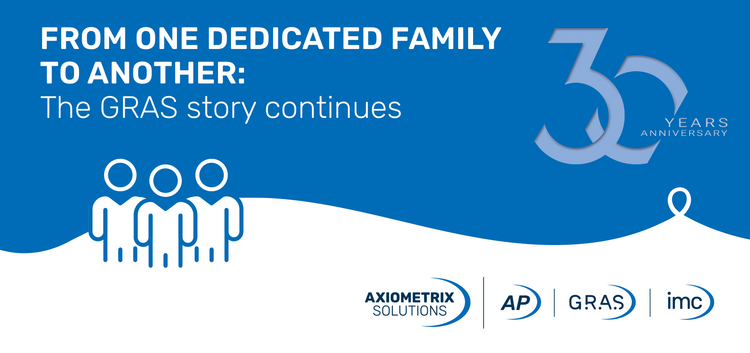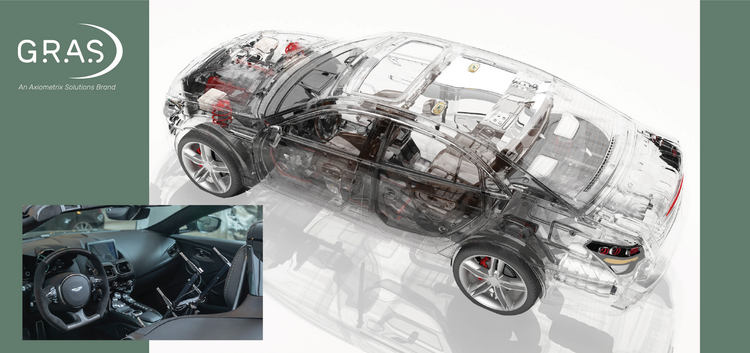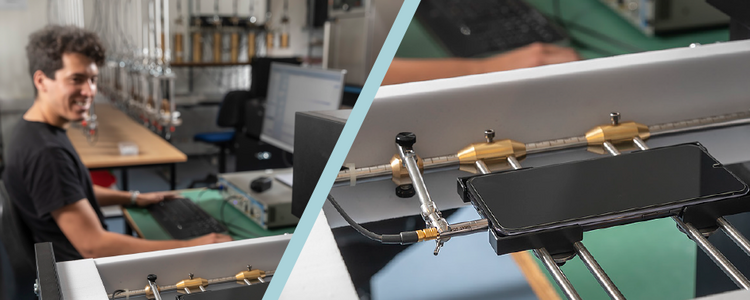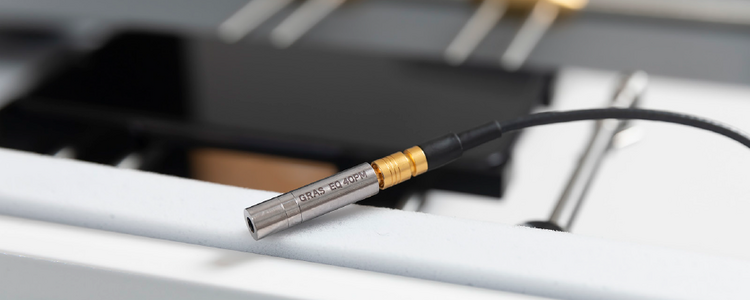From one dedicated family to another: The GRAS story continues
In 2024, it is 30 years since visionary acoustics pioneer, Gunnar Rasmussen, founded Gunnar Rasmussen Acoustic Services – today known as GRAS Sound & Vibration. What has followed since then is a fairy tale story of growth and acoustic achievements, all built on Gunnar Rasmussen’s guiding vision of innovation and customization. Today, GRAS is part of the Axiometrix family of measurement solution providers. But Gunnar’s vision and values still guide the company.












